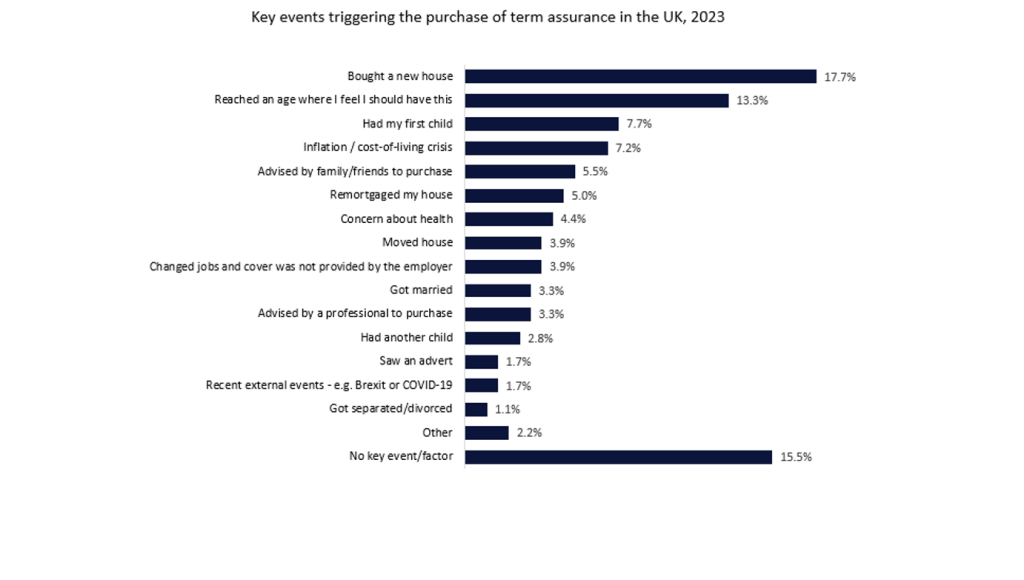Although Solvency II should considerably reduce the risk
of insurers failing, the European Commission is concerned the
absence of a uniform system of guarantee schemes across the
European Union remains a serious shortcoming. Jeremy Woolfe reports
on the Commission’s move to rectify this.
With over a quarter of life
insurance policies in Europe lacking any kind of protection if
companies fail, the European Commission (EC) has plans to bring in
pan-EU coverage. New legislation would introduce a harmonised
insurance guarantee system (IGS), with minimum parameters, but
organised on a country-to-country basis.
To illustrate the need for an IGS,
the EC noted that more than 130 insurers went insolvent in the EU
from 1996 to 2004, while the 2009 failure of a Greek insurance
group affected around 800,000 policyholders.
Based on preliminary assessments,
the EC suggests that funding of the IGS should work to a target
level of 1.2% of gross written premium income per year.
In a white paper, entitled On
Insurance Guarantee Schemes, the EC writes it is taking into
account an appropriate transition period, particularly in those EU
member states where no IGS have been established so far. The EC
adds it will take a number of years to establish the system, and
overall costs will have to be balanced against the expected
benefits.
How well do you really know your competitors?
Access the most comprehensive Company Profiles on the market, powered by GlobalData. Save hours of research. Gain competitive edge.

Thank you!
Your download email will arrive shortly
Not ready to buy yet? Download a free sample
We are confident about the unique quality of our Company Profiles. However, we want you to make the most beneficial decision for your business, so we offer a free sample that you can download by submitting the below form
By GlobalDataThe EC is giving all interested
parties until 30 November to provide their views and comments on
the white paper. It will then evaluate the feedback and take it
into it account when coming forward with a detailed legislative
proposal, that may be tabled during 2011. This proposal will be
accompanied by a new impact assessment.
Early reaction from Brussels-based
industry body the Comité Européen des Assurances (CEA) recognises
“the European Commission’s objective of safeguarding consumers even
in the most extreme circumstances”.
But CEA director general Michaela
Koller adds: “We are convinced Solvency II, being a risk-based
regulatory regime, [already] increases the level of consumer
protection.”
The CEA continues that, should the
EC decide to go ahead with a legislative initiative, the CEA would
support a minimum of harmonisation of national schemes.
The CEA adds: “This would
accommodate existing national systems that function well and are
adapted to local conditions and consumer needs.”
However, the CEA, which represents
undertakings of €6.9trn ($8.8trn) – approximately 94% of total
European premium income and investments – “questions pre-funding of
IGSs… [believing] that the decision on how to fund schemes should
be left to individual EU member states provided that equivalent
protection is given to policyholders.”
Koller stresses: “Attention must be
paid to ensure an IGS, combined with the other initiatives
envisaged by the Commission, does not place a disproportionate
compliance burden on the insurance sector, which would be to the
ultimate detriment of consumers.”
CEA
reservations
On the Solvency II issue, the EC
noted that once Solvency II becomes operational on 31 December
2012, it expects to see a reduction in the incidence of
failures.
However, it argues, neither the
current nor a future solvency regime will be able to create a
zero-failure environment in the insurance sector. Solvency II
requires insurance and reinsurance companies to hold sufficient
capital to cover their obligations for one year, subject to a 99.5%
confidence level. This is intended to ensure no more than one
insurer in 200 goes bankrupt in any one year.
Despite the low probability of it
occurring, in the event of the insolvency of an insurance company,
the lack of appropriate insurance guarantee protection for
consumers may trigger harmful effects, stressed the EU. These
include financial hardship incurred by consumers, an unlevel
playing field for the industry, and a loss of consumer confidence
in the market.
The EC’s overall position is that
of the 30 EU-European Economic Area countries, only 12 at present
operate one or more general IGSs and that some 26% of all life
insurance policies and 56% of all non-life insurance policies are
unprotected. Those countries with IGS are: Bulgaria, Denmark,
France, Germany, Ireland, Latvia, Malta, Norway, Portugal, Romania,
Spain and the UK. Taking in both long-and short-tail insurance, one
third of the entire market in the EU 27 countries and the three
European Economic Area countries (Iceland, Liechtenstein and
Norway) lacks any kind of coverage by an IGS.
In contrast, said the EC, guarantee
schemes are in force in other sectors of the financial services
industry. For instance, such provisions do apply to investor
compensation arrangements. These give minimum protection standards,
which are enforced under the EU’s Deposit Guarantee Scheme
Directive of 1994 and the Investor Compensation Scheme Directive of
1997.
The EC added that when ISGs are in
place for insurance, under national rule books, policyholders get
different levels of protection from member state to member state.
According to a descriptive text introducing the EC’s white paper,
the schemes also differ in operational procedures and funding
arrangements.
Impeding the
market
The lack of harmonised IGS
arrangements in the EU may be impeding the functioning of the
internal insurance market, by distorting cross-border competition.
In its white paper, the EC proposes that any future directive
should ensure IGSs across the EU should comply with certain basic
criteria (such as definitions of the kind of insurance policies to
be covered, geographical scope, funding etc).
The white paper suggests member
states may provide for a higher than minimum level of protection
“if they believe this is necessary and appropriate for their
markets”. The EC believes its proposed moves will “enhance
confidence in the financial sector and thus have a positive impact
on the economy”.
However, the EC agrees that while a
single, pan-EU guarantee scheme, could present advantages, “it
would seem very difficult at this stage and pose complicated legal
issues”. Hence, at present, the most realistic and useful approach
is to establish relevant schemes at national level.
It insists the schemes would have to be able to deal with
cross-border operations, citing, for example, the buying of life
assurance in Belgium from a local branch of an insurer whose
headquarters are located in Germany. The EC said it has identified
“a considerable proportion” of cross-border insurance business
lacks any kind of IGS protection.







